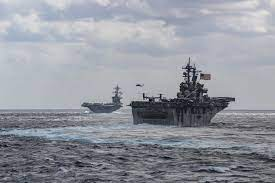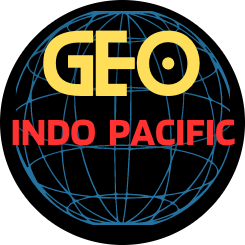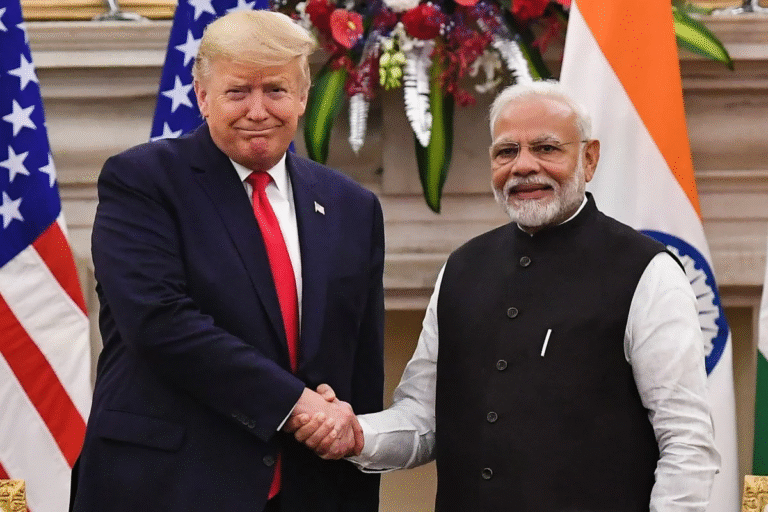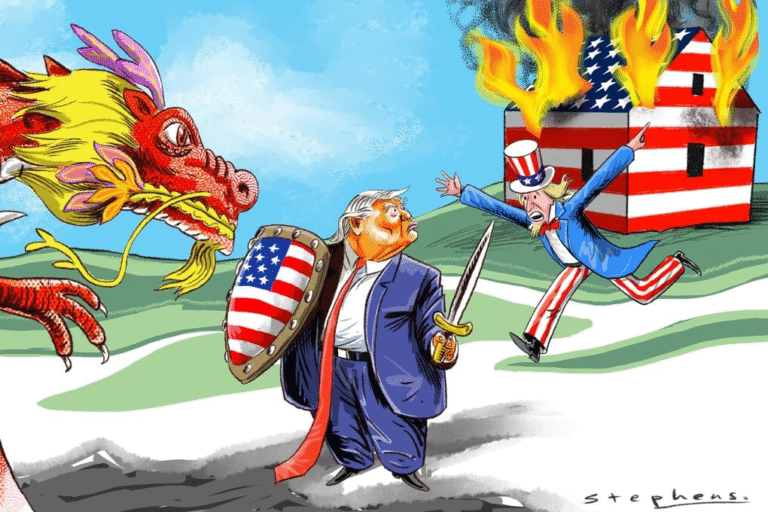
The rapid expansion of China’s economic, military, and political influence in the Indo-Pacific region has raised significant concerns among neighboring nations and global powers. As China continues to assert itself as a dominant force in the region, its activities have sparked debates over sovereignty, security, and the balance of power.
One of the most prominent areas of concern is the South China Sea, where China’s aggressive territorial claims and construction of artificial islands have alarmed neighboring countries such as the Philippines, Vietnam, and Malaysia. These actions have led to heightened tensions and disputes over maritime boundaries, with many nations questioning the legality of China’s moves under international law.
Economically, China’s Belt and Road Initiative (BRI) has further expanded its reach into the Indo-Pacific, offering infrastructure investments to countries across the region. While these projects promise economic growth, they have also raised fears of debt dependency and the potential for Beijing to exert undue influence over participating nations.
Militarily, China’s modernization of its armed forces and growing naval presence in the Indo-Pacific has prompted countries like Australia, Japan, and India to bolster their own defense capabilities. The strengthening of alliances, such as the Quad (Australia, India, Japan, and the United States), reflects a collective effort to counterbalance China’s growing power and ensure regional stability.
Politically, China’s efforts to cultivate relationships with smaller nations through economic aid and diplomatic outreach have created divisions among regional players. While some countries welcome China’s support, others view its actions as a strategic attempt to undermine existing alliances and reshape the geopolitical landscape.
The Indo-Pacific region is indeed a complex and dynamic geopolitical space where multiple powers—including the United States, China, India, Japan, and ASEAN nations—compete for influence while also seeking cooperation on economic and security issues. Navigating this delicate balance is crucial to avoiding conflict, maintaining stability, and ensuring prosperity. Here are key considerations for preventing a destabilizing regional power struggle:
1. Strengthening Multilateral Institutions
- ASEAN Centrality: ASEAN-led frameworks like the East Asia Summit (EAS) and ASEAN Regional Forum (ARF) should remain central to regional diplomacy, ensuring smaller states have a voice.
- Inclusive Platforms: Expanding participation in groups like the Quad (US, Japan, India, Australia) and AUKUS to avoid perceptions of exclusivity while promoting transparency.
2. Economic Interdependence & Strategic Restraint
- Trade & Investment: Deepening economic ties through agreements like the CPTPP and RCEP can incentivize cooperation over confrontation.
- Avoiding Economic Coercion: Major powers should refrain from using trade or sanctions as political leverage (e.g., China’s disputes with Australia, US-China decoupling risks).
3. Managing US-China Rivalry
- Guardrails on Competition: Establishing crisis communication mechanisms (like US-China military hotlines) to prevent accidental conflict.
- Balancing Alliances & Engagement: Regional states should avoid over-reliance on either the US security umbrella or Chinese economic influence, instead pursuing diversified partnerships.
4. Maritime Security & Rule of Law
- Upholding UNCLOS: Ensuring freedom of navigation and peaceful resolution of disputes in the South China Sea and Indo-Pacific waterways.
- Coastal State Cooperation: Joint patrols (e.g., India-ASEAN maritime exercises) and resource-sharing agreements to reduce tensions.
5. Climate Change & Non-Traditional Security
- Collaborative Crisis Response: Regional coordination on pandemics, disaster relief, and climate resilience can build trust amid strategic competition.
Potential Risks if Balance Fails
- Military Escalation: Unchecked nationalism or miscommunication could spark conflicts (e.g., Taiwan Strait, Senkaku/Diaoyu Islands).
- Economic Fragmentation: A divided Indo-Pacific into US-aligned and China-centric blocs could harm development.
- Erosion of Sovereignty: Smaller states may face pressure to “choose sides,” undermining autonomy.
Conclusion
The Indo-Pacific’s future hinges on strategic equilibrium—where competition is managed, cooperation is prioritized where possible, and institutions remain resilient. A “regional power” dominance by any single actor risks instability, but a multipolar order with shared norms could sustain peace. The path forward requires pragmatic diplomacy, economic interdependence, and restraint from great powers.
As China continues to expand its influence, the Indo-Pacific region will likely remain a focal point for global attention, with nations striving to navigate the complexities of cooperation, competition, and conflict in the years to come. Beijing’s assertive actions, including territorial disputes, militarization of the South China Sea, and debt-trap diplomacy, have led many to question whether China’s dominance poses a threat to the sovereignty of smaller nations in the region.
- Territorial Aggression and Maritime Expansion
China’s aggressive claims in the South China Sea, disregarding international rulings such as the 2016 Permanent Court of Arbitration (PCA) verdict, have directly challenged the sovereignty of nations like the Philippines, Vietnam, and Malaysia. The construction of artificial islands and military bases in disputed waters has further destabilized the region, undermining the freedom of navigation and regional security. - Economic Coercion and Debt Diplomacy
Through initiatives like the Belt and Road Initiative (BRI), China has extended loans to developing countries, often with opaque terms leading to unsustainable debt. Cases like Sri Lanka’s Hambantota Port, which was leased to China for 99 years after debt defaults, highlight how economic dependence can erode a nation’s sovereignty. Smaller countries risk falling into a cycle of dependency, where strategic assets are controlled by Beijing. - Military Expansion and Strategic Pressure
China’s rapid militarization, including its growing naval presence and establishment of overseas bases (such as in Djibouti), signals its intent to project power across the Indo-Pacific. This expansion, coupled with aggressive posturing toward Taiwan and confrontations with India along the Line of Actual Control (LAC), raises fears of coercion against sovereign nations that resist Beijing’s influence. - Political Interference and Influence Operations
China’s use of economic leverage to sway political decisions in countries like Australia, Nepal, and the Solomon Islands demonstrates its willingness to undermine democratic processes. Censorship pressures, media manipulation, and investments in critical infrastructure (ports, telecom) further extend Beijing’s control, compromising the independent policymaking of smaller states. - Regional Pushback and the Search for Balance
In response, nations like India, Japan, and Australia have strengthened alliances (Quad, AUKUS) to counterbalance China’s dominance. The U.S. remains a key player in ensuring a free and open Indo-Pacific, but the challenge lies in fostering regional cooperation without escalating tensions.
Conclusion: Sovereignty at Risk?
While China frames its rise as peaceful development, its actions suggest a strategy of incremental control that threatens the autonomy of weaker states. For any nation valuing sovereignty, the choice between economic engagement with China and preserving strategic independence is becoming increasingly difficult. The Indo-Pacific must navigate this delicate balance to prevent a future where regional stability is dictated by a single power.





